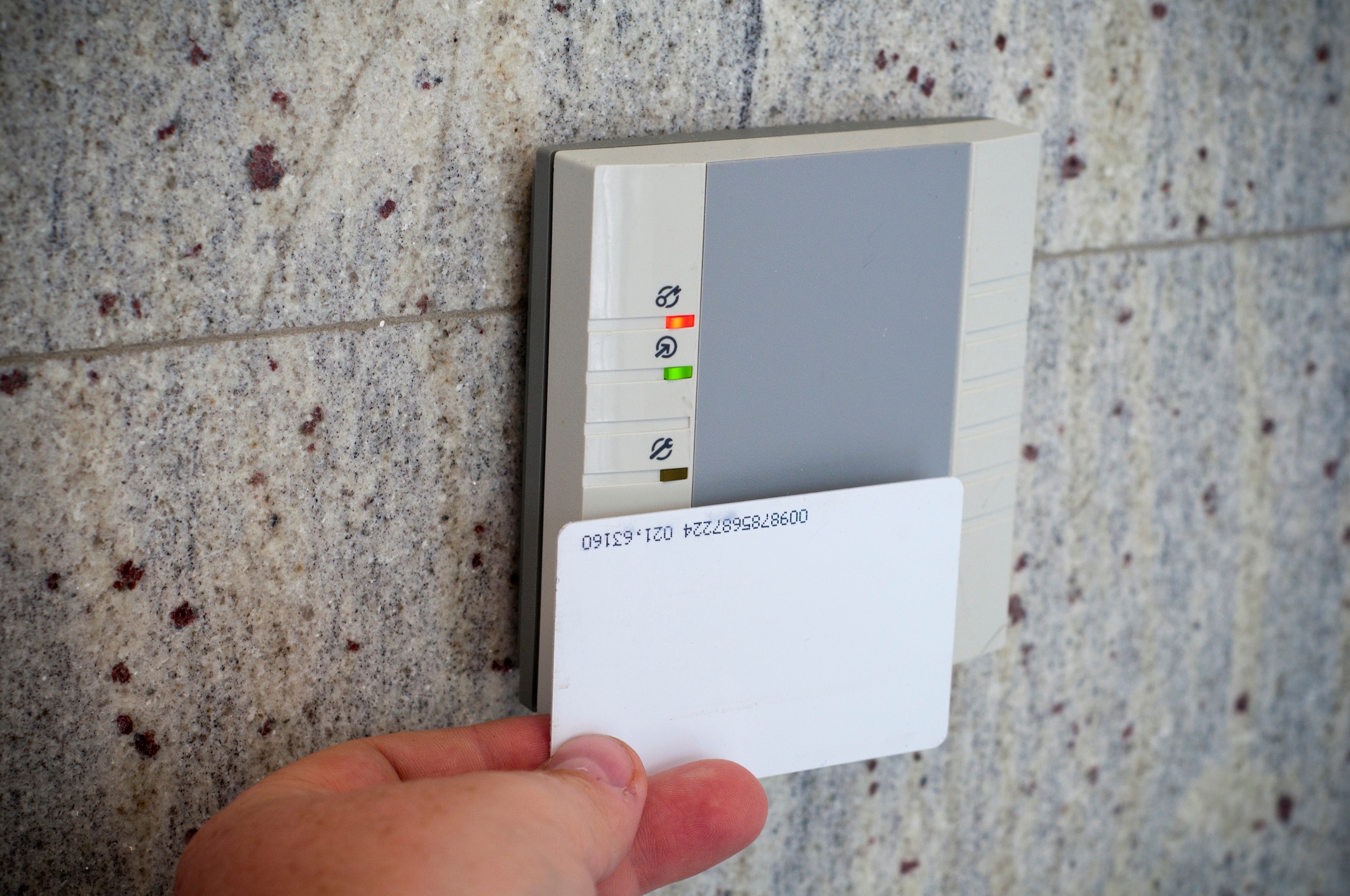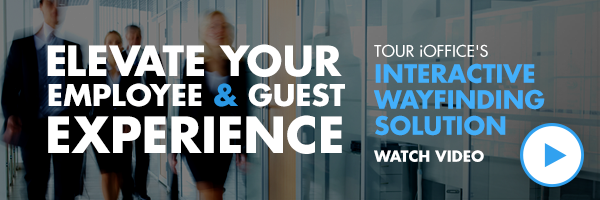Badge System: A Workplace Leader’s Essential Guide to an ID Badge System


One of the most effective ways to ensure the security of the workplace (and, in turn, the safety of the workforce) is by using an ID badge system.
 A successful enterprise is a fortress — an impenetrable stronghold guarded by a moat filled with alligators. And the only entry point is a drawbridge manned by the workplace leader. And while the workplace leader must be concerned with the intangible enemies that threaten data security and cybersecurity in this corporate castle, his or her efforts must primarily be focused on protecting the most important part of the enterprise: the workforce.
A successful enterprise is a fortress — an impenetrable stronghold guarded by a moat filled with alligators. And the only entry point is a drawbridge manned by the workplace leader. And while the workplace leader must be concerned with the intangible enemies that threaten data security and cybersecurity in this corporate castle, his or her efforts must primarily be focused on protecting the most important part of the enterprise: the workforce.
One of the most effective ways to ensure the security of the workplace (and, in turn, the safety of the workforce) is by using an ID badge system. To gain a better understanding of the basics of an ID badge system and how it can benefit your enterprise, check out the top FAQs workplace leaders have about the solution.
How Is the Badge System Designed and Implemented?
Typically, the badge system is installed by the organization’s security system vendor — the company that set up the original alarm system and security cameras — so the ID badge system is easily integrated into the existing infrastructure.
The organization spearheads the design of the system while the vendor oversees and helps with best practices. The business outlines the system based on its own security standards as well as its level of tolerance for risk and inconvenience. In other words, each badging points simultaneously adds a level of security but also a level of inconvenience for the workforce. The enterprise doesn’t want employees to be required to badge excessively, but it also wants to know team members aren’t entering places in the building they shouldn’t be, such as secured areas or data centers. The organization must design the ID badge system to balance these two factors.
ID badge systems are most commonly set up as one (or a combination) of the following:
1. Entry-only ID badge system
2. Entry and exit badging
3. Secured areas badge system
4. Floor-specific badging
The advantage of using multiple checkpoints in a badge system (for example, requiring employees to use their badge when they enter and exit the building as well as when they enter certain areas of the workplace) is the facilities management (FM) team will have more data about utilization and occupancy. For example, if the badge system shows there are 300 people on a floor, but there are 350 seats available, the workplace leader can adjust the workspace to make more efficient use of the area.
What Kinds of Equipment and Technology Are Used in a Badge System?
The two core pieces of equipment used in an ID badge system are: 1) radio-frequency identification (RFID) badges, and 2) receivers.
The receivers hook into the lock (usually part of a turnstile or door) and when activated, move the turnstile forward or unlock the door to allow the employee access to the space.

Which Personnel Are Involved in the Management of the Badge System?
There are primarily four departments who are responsible for a main component of the ID badge system:
- Security, who handles the installation and management of the system
- Note: Often the security vendor will supply not only the equipment but also the staff
- C-suite, who set the goals for what the business wants to achieve with the security system
- Risk-assessment, who audits the system to ensure standards are being followed and the company is not susceptible to unnecessary risks
- FM whose team in many cases are coordinating the issuance and assignment of badges in the ID badge system
What Data Does the Badge System Collect? How Is This Data Used?
The ID badge system records three data points: 1) the employee badge number, 2) the location of the receiver, and 3) the time of the badge scan.
With this data, workplace leaders are able to identify trends as well as analyze utilization and occupancy. Then, the FM team can adjust schedules to make the most efficient use of the space. For example, if the data shows the majority of the workforce arrives at the office around 8 a.m. but the cafeteria is open at 6 a.m., the cafeteria hours could be switched to match this. Or if the FM team sees 20 percent fewer employees use the bathrooms on Fridays, they could reduce the cleaning frequency on that day and save money on supplies.
Additionally, by having this insight into the behavior of the workforce, the workplace leader is able to determine whether additional space is needed or if simply taking another approach to space utilization could prevent the need to expand the workspace. For example, implementing activity-based workspaces where desks are not assigned but used on a first-come, first-serve basis may help the enterprise make better use of its existing space and not invest in new real estate unnecessarily.
Using an ID badge system offers an organization not only security for the workplace but also insight into utilization and occupancy. However, incorporating an ID badging system with an integrated workplace management system (IWMS) such as iOFFICE provides an organization with access to additional data as well as more comprehensive analysis and reporting tools — all without investing in new hardware or changing existing processes.
Interested in a few more tips about making the most of your space? Download our free guide, The Great Workplace Space Race: How Successful Enterprises Are Solving Spatial Challenges, and learn how you can design an efficient and productive workspace.
